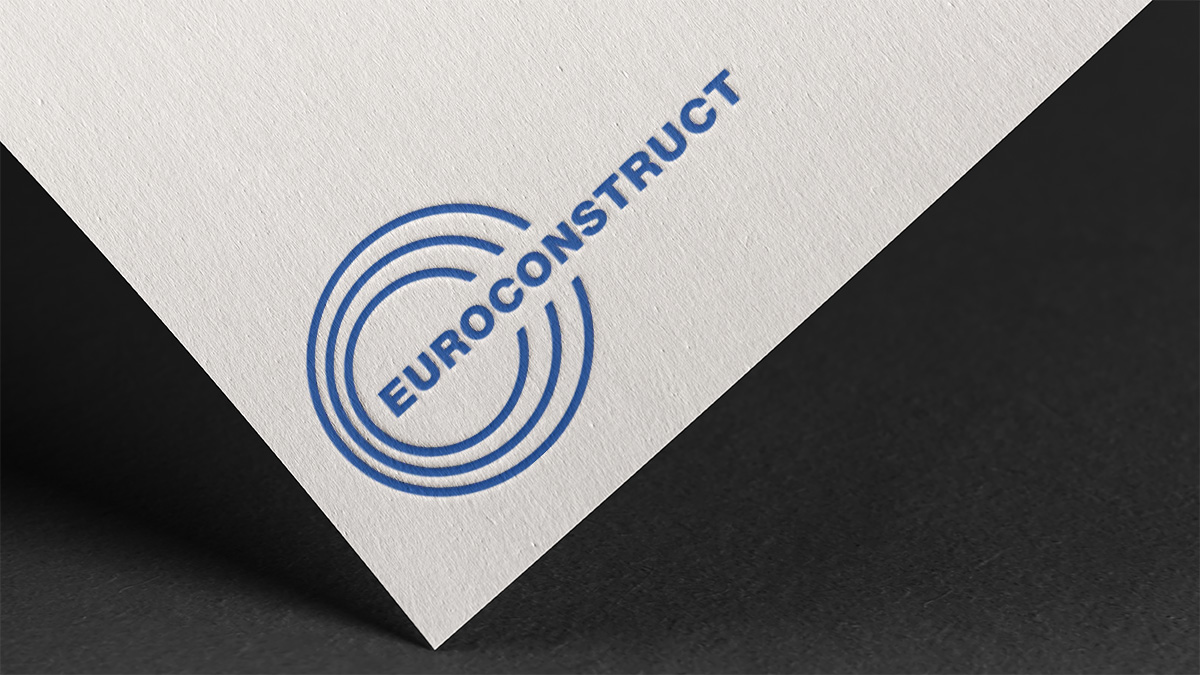
The Austrian construction industry was in a boom phase in 2018. The excellent economic situation was reflected in above-average capacity utilization, which was subsequently also mirrored in a rise in construction prices. At the same time, several public sector entities reported significant price increases in the bidding process for construction projects, resulting in cost overruns and project delays. Against this background, the influence of increased construction activity on the number and prices of bids in public tenders is of considerable interest. The Austrian Institute of Economic Research (WIFO) has conducted an empirical study on this subject, the main results of which are presented in this blog. Full study or condensed version is available in German only.
Austria’s construction industry was in a boom phase in 2018. In line with the overall economy, the key construction indicators have improved significantly since 2015 and reached their highest levels in more than 10 years. Growth in construction investments accelerated from 0.4% in 2016 to 3.5% in 2017 and 2.8% in 2018. As the economy recovered, construction prices also rose much more sharply than in previous years. Starting from stagnation in 2015, the price dynamic intensified markedly and already reached just under +3% in 2018.
To analyse the effect of the boom phase on public procurement, tender data processed with Web Scraping and Text Parsing were compiled into rich micro data set on public construction contracts in Austria in the years 2006 to 2018. The resulting dataset was then used to compare how the number of bidders and the winning rebate changed in accordance with the economic situation in the construction industry.
The WIFO study shows that the number of bids for public tenders is a key channel between the economy and the award price. The main idea is that, in a buoyant construction sector, participation in public tenders is less interesting for companies than in phases of weak construction activity due to the high capacity utilization of construction companies. The low number of bidders reflects the limited intensity of competition, which will ultimately be reflected in higher bidding prices.
As Figure 1 shows, the development of the average number of bids per construction tender in the period 2006 to 2018 reflects a number of key economic patterns: between 2006 and 2008, in the boom phase before the financial market and economic crisis, the number of bids initially fell sharply to less than 5 on a quarterly average. From mid-2008, however, the trend reversed due to the crisis, with the number of bids rising accordingly to over 6 per invitation to tender. As the Austrian economy stabilized between 2010 and 2012, it fell, but only hesitantly. The only short-lived economic recovery came to an end again in 2013, and the number of bids increased again by 2015. The year 2015 marked a turning point, and since then the number of offers has fallen significantly. In 2016 it was only 5.3, and in 2017 it was only 4.9, about 1.3 below the 2015 level. The figures for 2018 suggest a further reduction in the number of bids: the construction tenders published until October 2018 received an average of 4.5 bids. Since tenders traditionally receive a higher number of bids in the first half of the year (conclusion of contracts in the first and second quarters) than in the second half, the annual value for 2018 should ultimately be below 4.5.
Smoothing: locally weighted (LOWESS). Blue areas: quarters with GDP decline in real terms.
From the point of view of public sector clients, it is ultimately not only the number of bids that are relevant but the influence of the economic situation on the award prices. A common indicator in this context is the winning rebate, i.e. the percentage deviation of the final price from the cost estimate of an award. For construction tenders the winning rebate in Austria is almost always negative, i.e. the final price is lower than the original cost estimate. However, as shown, in Figure 2, the rebate varies according to the economic cycle.
ABOUT THE AUTHOR
Michael Klien
WIFO - Austrian Institute of Economic Research
Michael Klien is senior researcher at the Austrian Institute for Economic Research (WIFO). He completed his master's and doctorate studies at the Vienna University of Economics and Business Administration and then worked as a postdoc at the IAE de Paris, Sorbonne Graduate Business School. In his function as construction and housing expert, Michael is the Austrian representative in the EUROCONSTRUCT network. His research centers on the organization and performance of public services, ranging from public economics, political economy, organizational studies to institutional and industrial economics.
As the figures suggest, the decrease in the number of bids in a boom is reflected in higher tender prices. In the years up to 2015, discounts on the cost estimate of around 15% were common (Figure 2). Since then, however, they have fallen sharply, recently to less than 5%.
This is further evidence that the economic conditions have a profound effect on public procurement. The findings also suggest that public buyers should monitor the economic dynamics of the construction industry closely, as it will have a strong effect on their projects: whether an intended invitation to tender will take place in an environment of high or low competition and consequently with higher or lower prices.
ABOUT THE AUTHOR
Michael Klien
WIFO - Austrian Institute of Economic Research
Michael Klien is senior researcher at the Austrian Institute for Economic Research (WIFO). He completed his master's and doctorate studies at the Vienna University of Economics and Business Administration and then worked as a postdoc at the IAE de Paris, Sorbonne Graduate Business School. In his function as construction and housing expert, Michael is the Austrian representative in the EUROCONSTRUCT network. His research centers on the organization and performance of public services, ranging from public economics, political economy, organizational studies to institutional and industrial economics.
